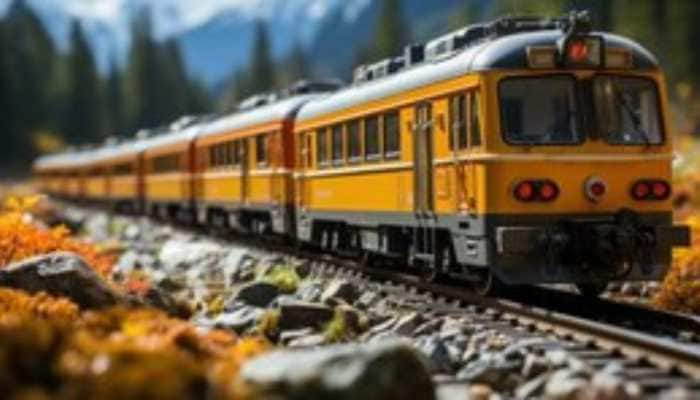Delhi-Meerut RRTS To Cover 17 Km Of Priority Section In 12 Min; Launch Soon
The Delhi-Meerut RRTS will improve the connectivity between the two cities covering a distance of 87-km in around an hour operating at a speed of 150 kmph.
Trending Photos
) Image for representation
Image for representation The National Capital Region Transport Corporation (NCRTC) is nearing the completion of the Delhi-Meerut RRTS. In the first phase of its operations, the rapid rail will be operated on the 17 km stretch between Sahibabad and Duhai. In this phase, the high-speed train will cover a distance of 17 km in 12 minutes. It is to be noted that the high-speed train system will significantly reduce the travel time between the cities in Delhi NCR.
To cover the 87 km long distance between Delhi and Meerut, the train is expected to be operated at a speed of 150 kmph. NCRTC has been conducting trial runs on the designated route to ensure problem-free operations. When the train is fully functional, the travel time between the two cities will be around an hour.
Also read: PM Modi To Flag-Off Chennai-Coimbatore Vande Bharat Express On April 8
Talking about the fares for trains on this route, officials said that the exact amount is yet to be decided. However, NCRTC will charge Rs 2 per km if reports are to be believed. In other words, the journey from Meerut to Delhi via Ghaziabad will set back passengers around Rs 170.
In addition to other facilities, the new RRTS trains will have 2x2 transverse cushioned seating, a broad standing room, luggage racks, CCTV cameras, laptop/mobile charging capability, dynamic route maps, auto control ambient lighting system, WiFi capability, and HVAC.
To facilitate the passengers and provide ease of travelling, the RRTS system will be integrated with other transportation systems in the national capital region. As per reports, four stations of the Delhi-Meerut RRTS will be linked with the nearest metro stations, Anand Vihar, New Ashok Nagar, Sarai Kale Khan, and Ghaziabad. With this type of connectivity, the passengers will be able to transition between the trains without stepping out in the open.
In the future, expressways, bus terminals, and train stations will all be connected to the two forms of rail. Further amenities, including lifts, escalators, and overbridges, will be added to the facility to improve it. Traveling will be made simpler as a result, especially for the physically handicapped, the elderly, kids, and women.
Stay informed on all the latest news, real-time breaking news updates, and follow all the important headlines in india news and world News on Zee News.
Live Tv







)
)
)
)
)
)
)
)
)
)
